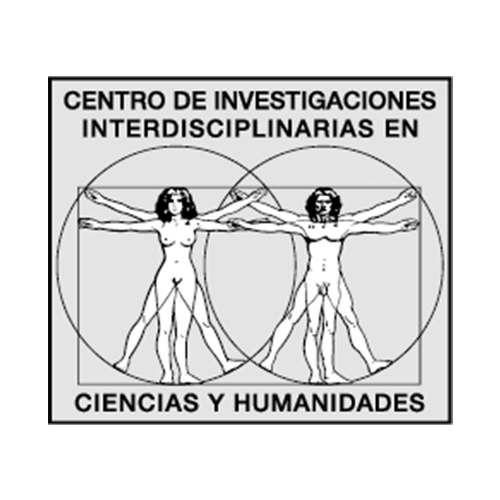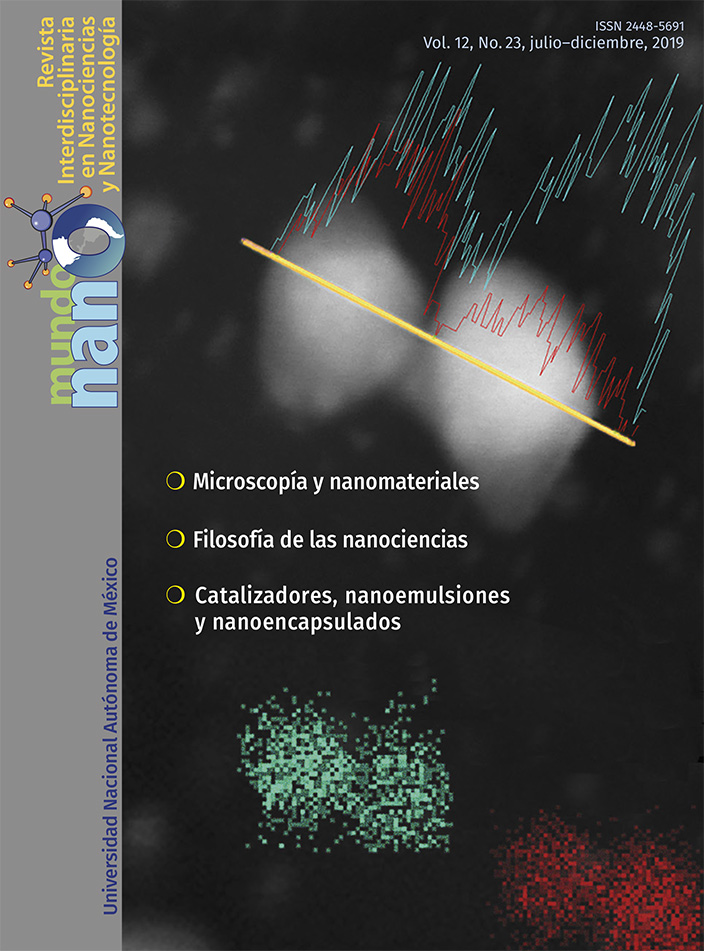From micrometers to picometers: evolution of microscopy techniques for the study of nanomaterials
Main Article Content
Abstract
Over the last few decades, electron microscopy (EM) and scanning probe microscopy (SPM) techniques have had a great contribution to the study of nanomaterials in many research fields, providing morphological, structural, interfacial, electric and magnetic information, among many others. Recent technological advances of these techniques have helped to achieve unprecedent spatial resolution limits unimaginable 25 years ago, being the last reported values of tenths of picometers (10-12 m). In addition, these techniques have grown in analytical capabilities in the nanoscience and nanotechnology fields, resulting in new independent, or even complimentary, techniques that have improved the understanding of interaction phenomena and physicochemical properties at the atomic and molecular scale. In this paper, an analysis of the actual importance of these techniques as well as some of their recent characterization and analytical achievements are discussed. Finally, in view of its enormous progress and large potential in the study and understanding of physical and chemical processes at the nanoscale, future challenges and perspectives are underlined.
Downloads
Article Details

Mundo Nano. Revista Interdisciplinaria en Nanociencias y Nanotecnología por Universidad Nacional Autónoma de México se distribuye bajo una Licencia Creative Commons Atribución-NoComercial 4.0 Internacional.
Basada en una obra en http://www.mundonano.unam.mx.





